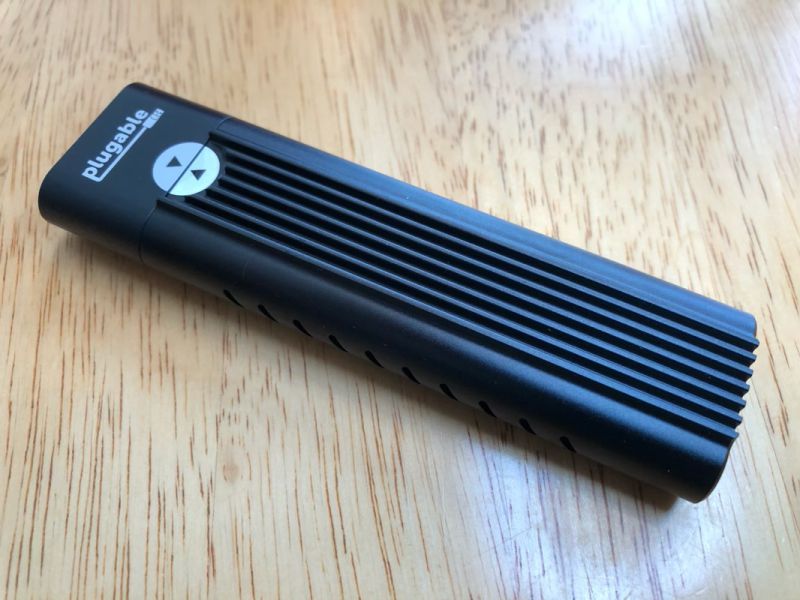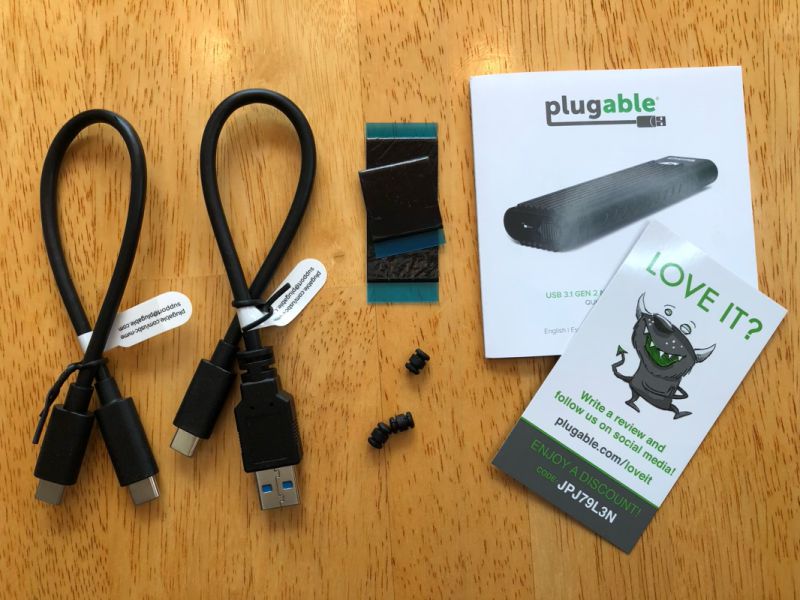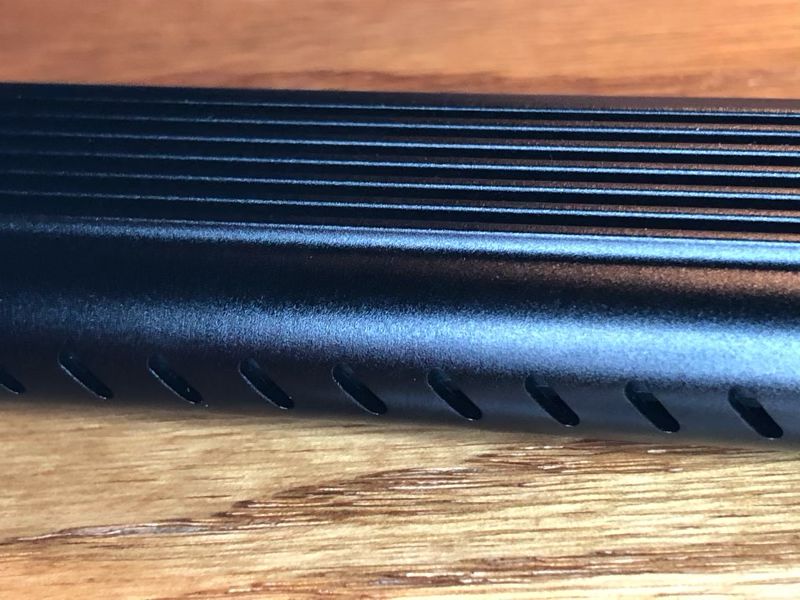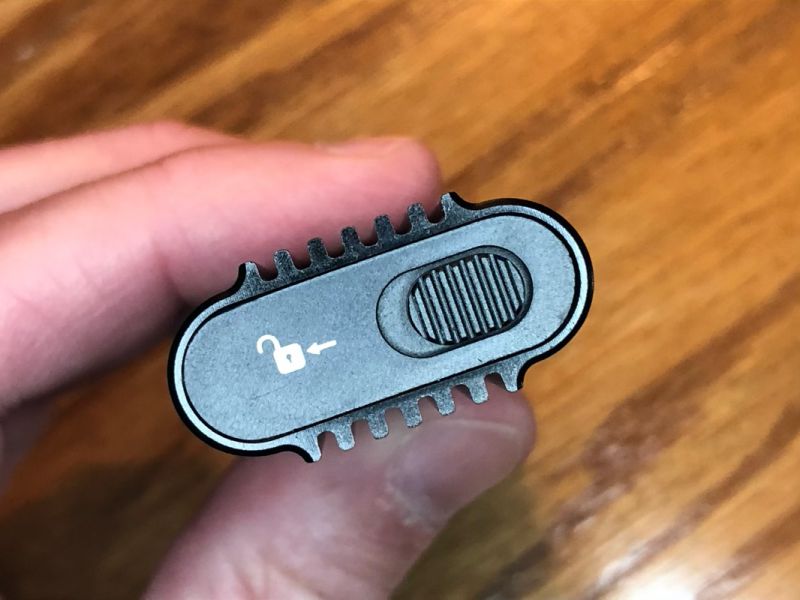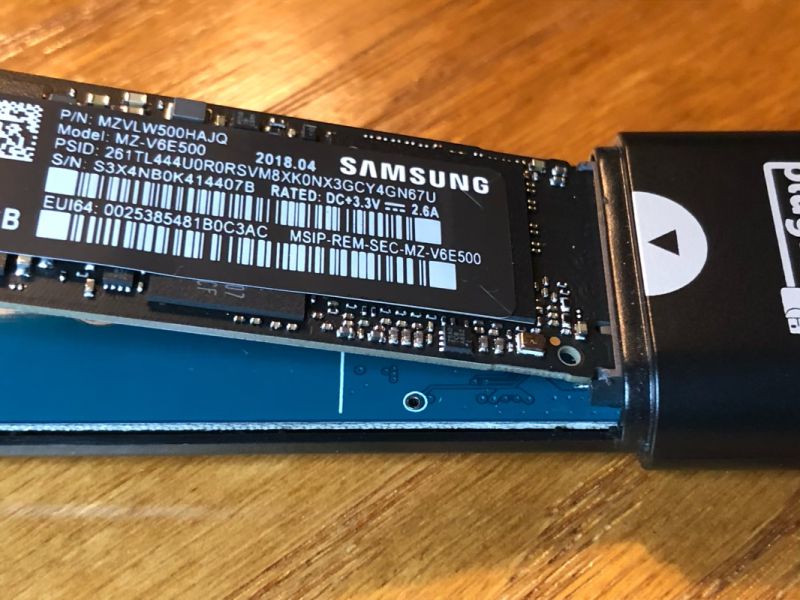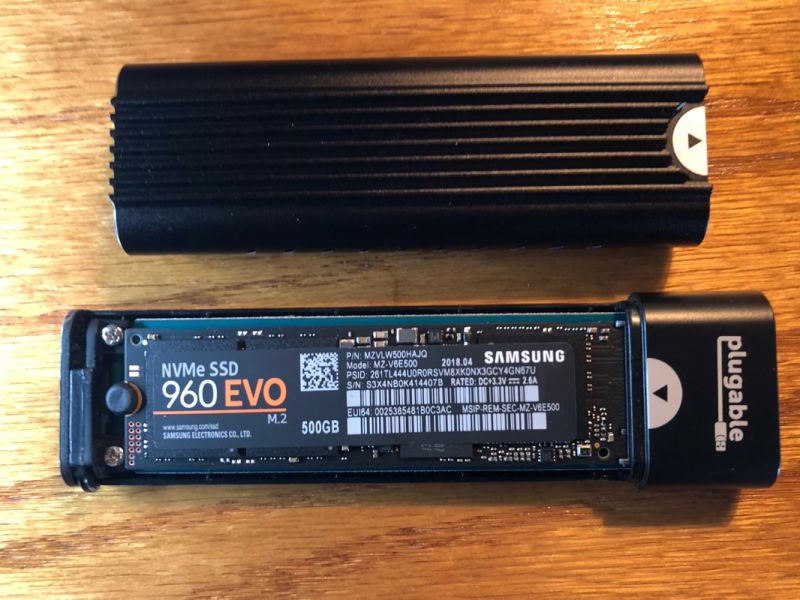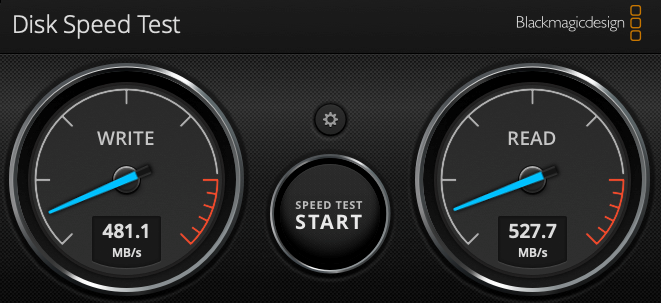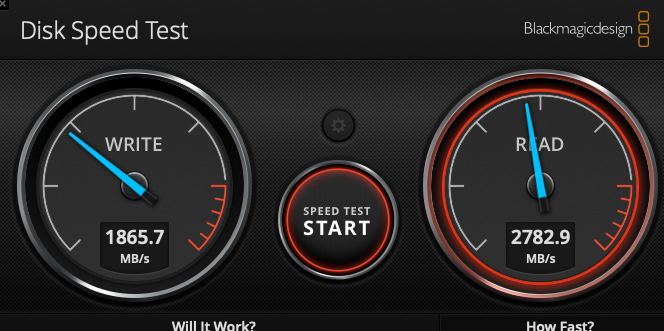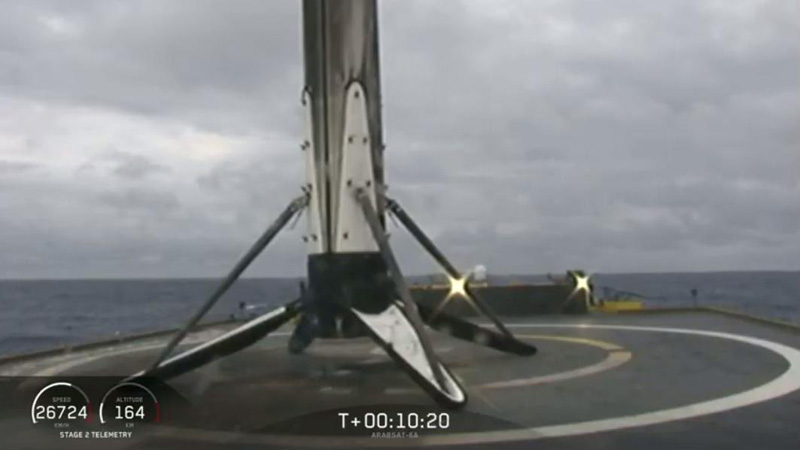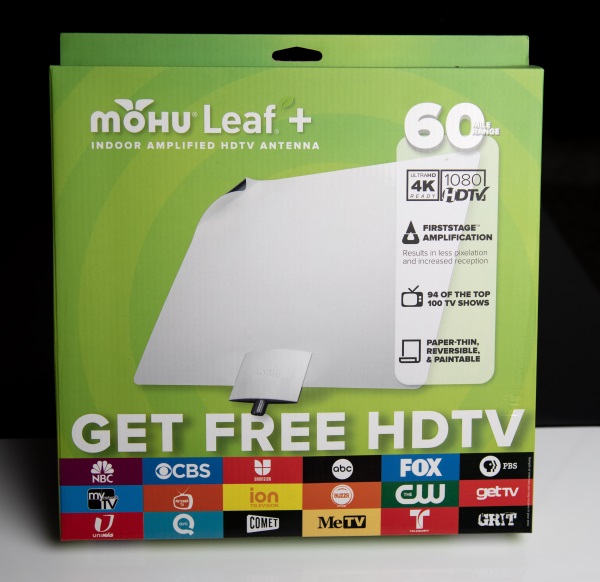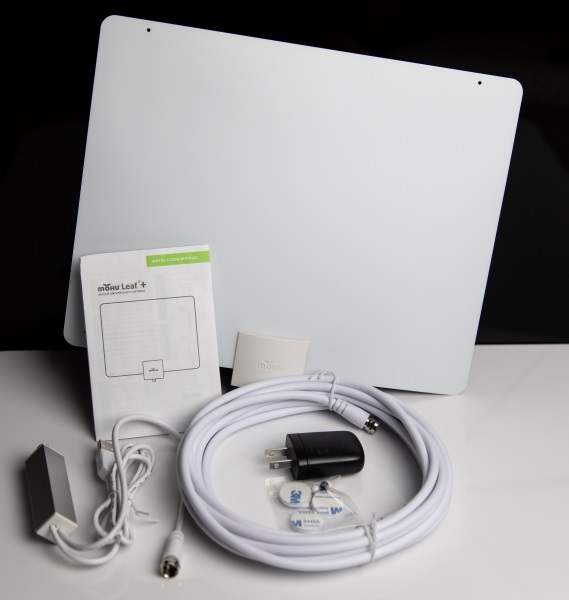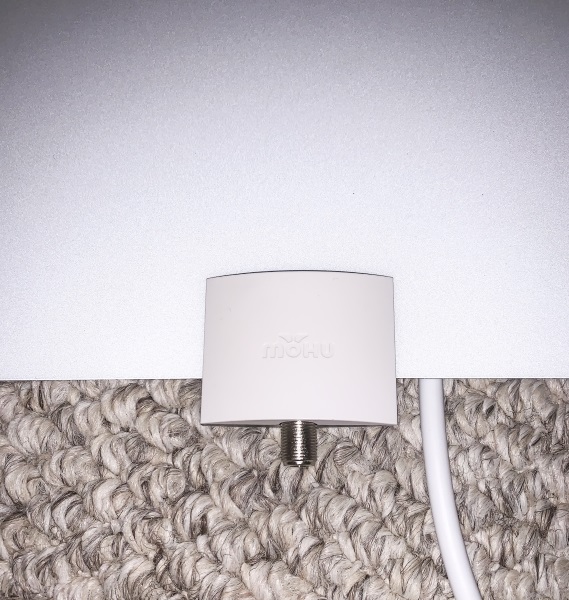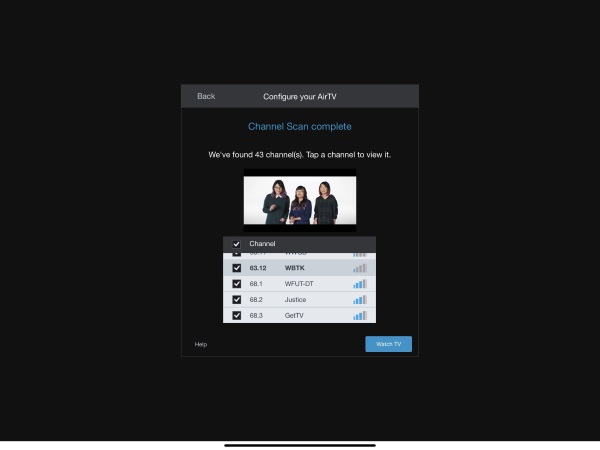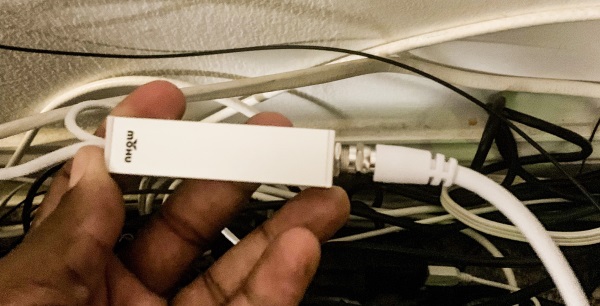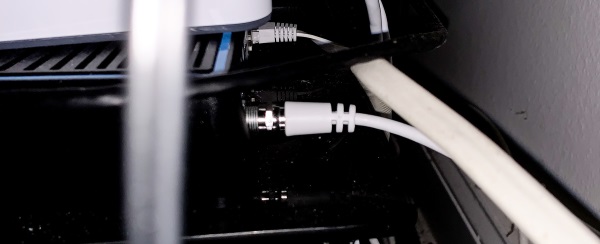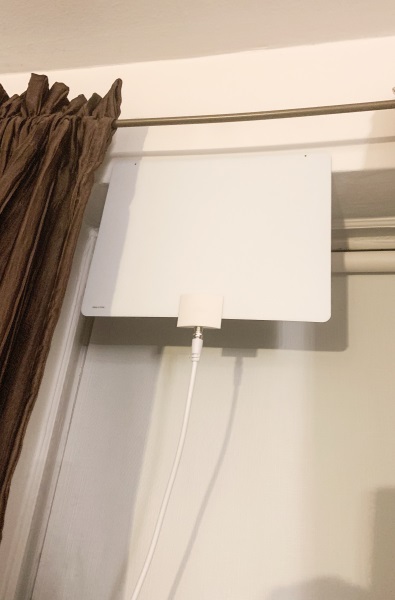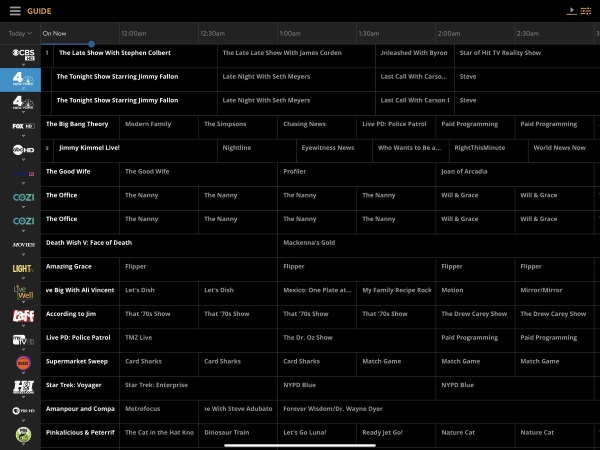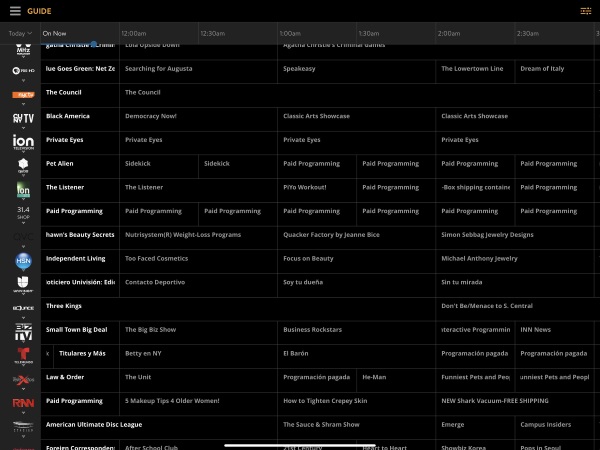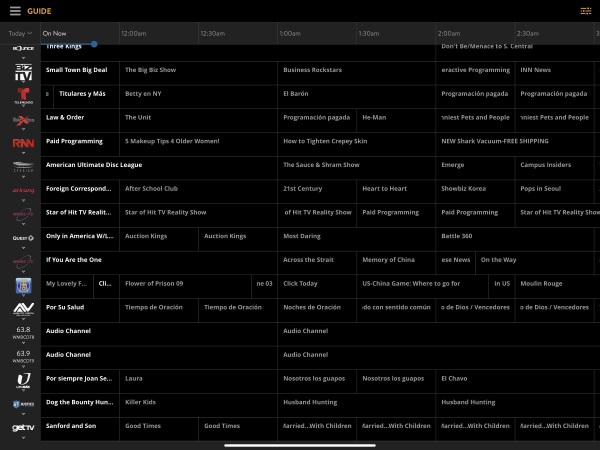
ARTICLE – In 2017, Apple made a rather astonishing and equally exciting announcement during the iPhoneX/8 launch event. It would be bringing an innovative Qi-enabled wireless charger to market called AirPower.
Wireless chargers were nothing new at the time — they’re certainly rampant now — but the AirPower stood out because it could simultaneously charge several devices. Purportedly, it would be able to charge one of the newer iPhone models, an Apple Watch and the company’s second-generation AirPods all at once.
Another reason the Apple-branded charger was significant is that most third-party chargers require a special adapter or configuration to work with Apple devices. With the AirPower, one could simply place their devices on the pad.
However, on March 29, 2019, Apple officially announced its plans to cancel the product. It’s no longer coming, ever, and that’s a huge bummer. The company says it’s because it could not deliver the quality of products it is known for. Then again, that is changing — considering more recent developments about the longevity of Apple AirPods and misconceptions about the company’s planned obsolescence with its smartphones.
What Really Happened to the AirPower Charging Pad?
It’s unlikely we’ll ever know the full story behind AirPower, but it must be long and convoluted considering how much time transpired before Apple canceled the project. It was originally announced in September 2017 and meant for release in early 2018, yet the company didn’t cancel it until March of this year. More importantly, during that entire time, product demonstrations, updates and information were almost nonexistent.
Apple’s official statement is not very telling, either. “After much effort, we’ve concluded AirPower will not achieve our high standards and we have canceled the project. We apologize to those customers who were looking forward to this launch. We continue to believe that the future is wireless and are committed to push the wireless experience forward,” said Dan Riccio, Apple’s senior vice president of hardware engineering.
Some reports have suggested that overheating was a major concern, which does happen with powerful chargers of this caliber. Another possibility is that because the charger had to accommodate so many devices, it required more coils and that meant RF exposures would be too high — unable to stay below FCC limits.
Whatever the case, this is a pretty embarrassing event for everyone at Apple headquarters. Mistakes and errors happen, of course, but it’s the fanfare with which the charger was announced that is so questionable. The company went so far as to include references on other products — the second-gen Apple AirPods were delayed and even teased the AirPower on its packaging — and also promote the new product on its official site.
This does bring up one important question: How early should Apple be announcing products?
Sometimes, it is beneficial to know a new product is on the way, as this can prevent people from upgrading to an older or obsolete model shortly before launch. With things like AirPower, however, announcing too early causes confusion and embarrassment. It could have avoided this simply by not talking about the product until it was ready for distribution.
However, when you have a tech giant like Apple constantly pushing the envelope, these things are bound to happen eventually. The AirPower was not the only problematic launch for Apple, and it won’t be the last.
What’s Next?
Undoubtedly, this is an opportunity for Apple to reflect on the future development of its products and the company’s engineering process. It may be a little more conservative about announcing products early — at least, one can only hope.
The worst-case scenario is that rampant errors and failed launches become a normal occurrence, but it’s still way too early to say whether or not that’s a possibility. It’s more likely this is a rare event, and the company will continue to launch successful, innovative products its customers enjoy.
Photo by Ben Kolde
Filed in categories: Articles
Tagged: Apple
Why did Apple’s AirPower fail? originally appeared on The Gadgeteer on April 12, 2019 at 12:00 pm.
Note: If you are subscribed to this feed through FeedBurner, please switch to our native feed URL http://the-gadgeteer.com/feed/ in order to ensure continuous delivery.


